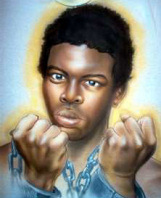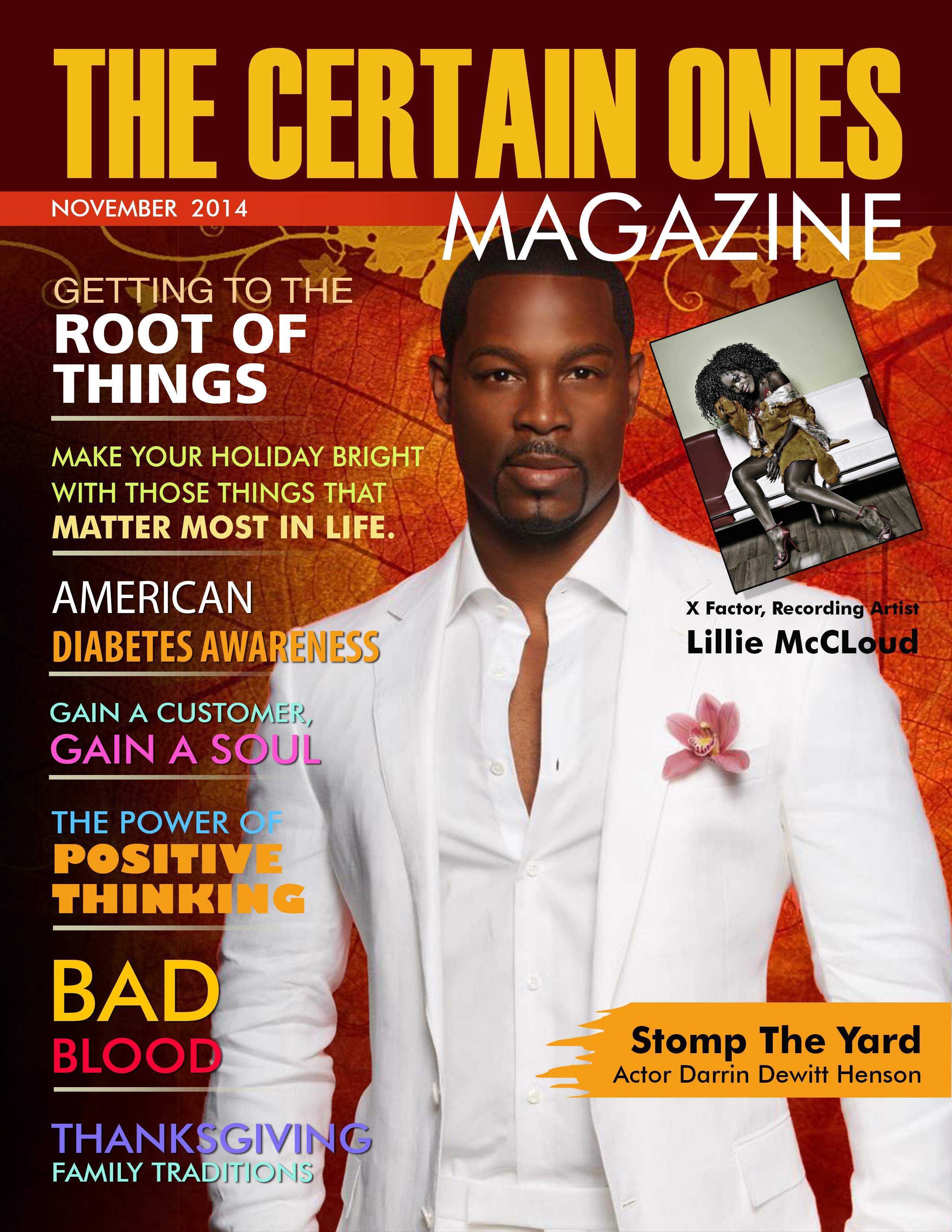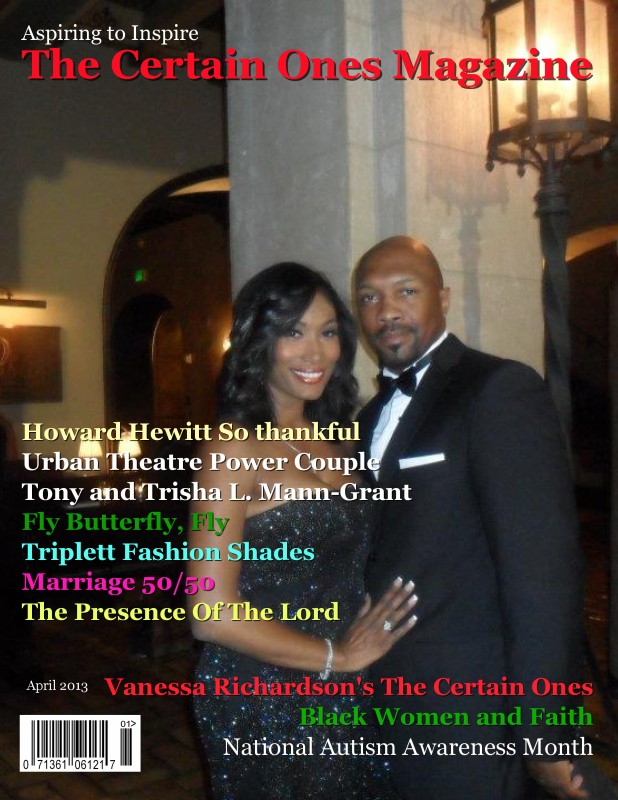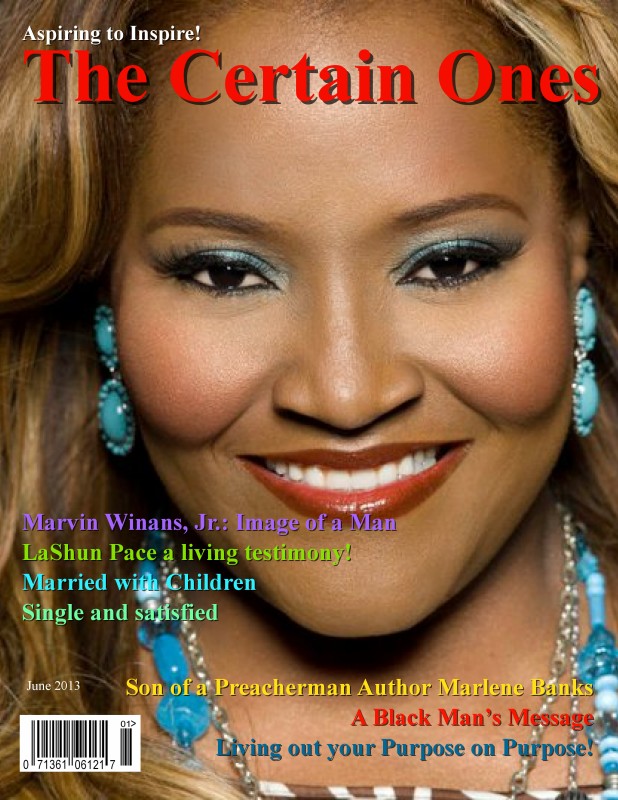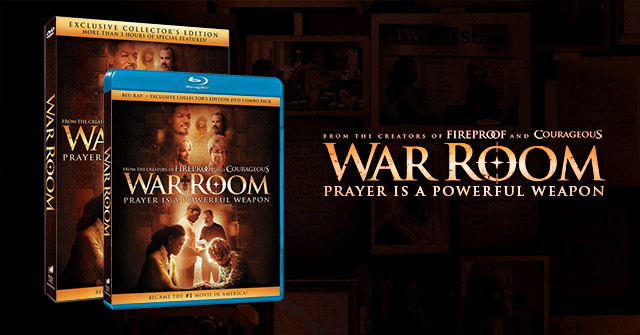Posted by The Certain Ones in History/political, Political/History | 0 Comments
Never Forget The Horror of Slavery
By Thought Provoking Perspectives John T. Wills
This is the sad horrible history the confederate flag lovers want to hold onto – slavery. The despicable history began on a August day in the year of our Lord 1619, a day that will live in infamy. It was the day the horrors of a particular heart-wrenching event that cemented black life into bondage and unimaginable struggle that lasted centuries. We must teach our children and never forget! So let’s journey back to the scene of the crime.
The Jamestown Colony, England’s first permanent settlement in North America, was a marshy wasteland, poor for agriculture, and a breeding ground for malaria-carrying mosquitoes. The settlement was such a harsh environment that only thirty-two of the estimated one hundred original settlers survived the first seven months. HIS-Story describes this as the “starving times,” but all would change.
On August 20, 1619, the first African “settlers” reached North America as cargo onboard a Dutch man-of-war ship that rode the tide into the shores of Jamestown, Virginia, carrying Captain Jope and a cargo of twenty Africans. It seems strange to me, but history cannot tell us why this mysterious ship anchored off Jamestown. It is believed the captain needed food and in exchange for food he offered his cargo of Africans as payment.
When the deal was consummated, Antoney, Isabella, and eighteen other Africans disembarked. Although they were not the first Africans to arrive in North America, they were the first African “settlers.” They were regarded as indentured servants rather than slaves; fifteen were purchased to serve their redemption time working for Sir George Yardley, the Governor of Virginia and proprietor of the thousand-acre Flowerdew Hundred Plantation. In ten years, by the 1630’s, the colony, through the use of the Africans, had established a successful economy based on tobacco.
Slavery was born, and the slave trade became big business. These human souls were acquired in Africa for an average price of about twenty-five dollars each, paid primarily in merchandise. They were sold in the Americas for about one hundred fifty dollars each. As the price of slaves increased, so did the inhumane overcrowding of the ships.
This was the beginning of the worst crime ever inflicted upon a people and the most morally reprehensible agenda the world has ever known. Adding to this injustice and more horrifying was that the perpetrators believed their actions were sanctioned by God with a religious manifestation that justified slavery. The next two-hundred years were a designed systematic effort to destroy millions of lives through indoctrination, brutality, savagery, and terror.
I am always struck by the use of the word civilization in this matter because the root word is “civil” and there was nothing civil about the institution of slavery. To be clear, a slave is chattel – a human being considered property and servant for life. The business of slave trading had one purpose – profit. The process would begin with an African being paid to venture into the interior of the continent, captured other Africans, put them on a death march to the coast and sell these captives to Europeans. Now, if stealing and capturing the victims was not misery enough, what was to follow surely was in every sense of the word.
This horrible journey, known as the “Middle Passage”, ended with a lifetime of bondage awaiting the captives at the end of the voyage. A typical slave ship traveling from Gambia, the Gold Coast, Guinea, or Senegal, would take four to eight weeks to reach New England, Chesapeake Bay, the Gulf of Mexico, or the West Indies. Women, men, and children were crammed so tightly in the cargo ships that out of a load of seven hundred, three or four would be found dead each morning. Africans from Senegal were the most prized commodity because many were skilled artisans. Ibos from Calabar were considered the most undesirable because of their high suicide rate.
Most ships had three decks with the lower two used for transporting slaves. The lowest deck extended the full length of the ship and was no more than five feet high. The captives were packed into tomb-like compartments side by side to utilize all available space. In the next deck, wooden planks like shelves extended from the sides of the ship where the slaves were chained in pairs at the wrists and ankles – crammed side by side. Men occupied middle shelves and were most often chained in pairs and bound to the ship’s gunwales or to ringbolts set into the deck. Women and children were sometimes allowed to move about certain areas of the ship.
A typical slave ship coming directly to the American mainland from Africa weighed about one to two hundred tons, although some were slightly larger. Slave ships were eventually built especially for human cargo. These slave ships could carry as many as four hundred slaves and a crew of forty-seven, as well as thirteen thousand pounds of food. They were long, narrow, fast, and designed to direct air below decks. Shackling irons, nets, and ropes were standard equipment.
The competition at slave markets on the African coast grew so exceptionally that historians estimate that as many as 60 million human souls were captured and taken from the continent of Africa to be sold into bondage. It is estimated that as many as one-third of that number did not survive the “Middle Passage” to reach the shores of a place like Jamestown.
Did you know the first registered slave ship was named “The Good Ship Jesus,” and in the name of God the greatest crime the world has known began in this place called Jamestown? The devastating effects of bondage would have an effect on the race of people for centuries.
I will continue to pray that we will be able, one day, to join hands and sing that old Negro spiritual, “Free at last, free at last. Thank God Almighty, we are free at last.” And that’s my Thought Provoking Perspective…

-
JOHN T. WILLS
President of JT Wills Consulting, Speaker, Author, Writer, Blogger, Professor/Teacher, Radio Host, member and past officer of several Business, Community, College Board’s, a Volunteer, and friend to many. Regardless of the worldly titles given, I prefer to be called a man.
Just a Season – A Must Read Novel © 2010
Legacy – A New Season ©2013

